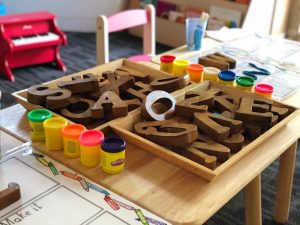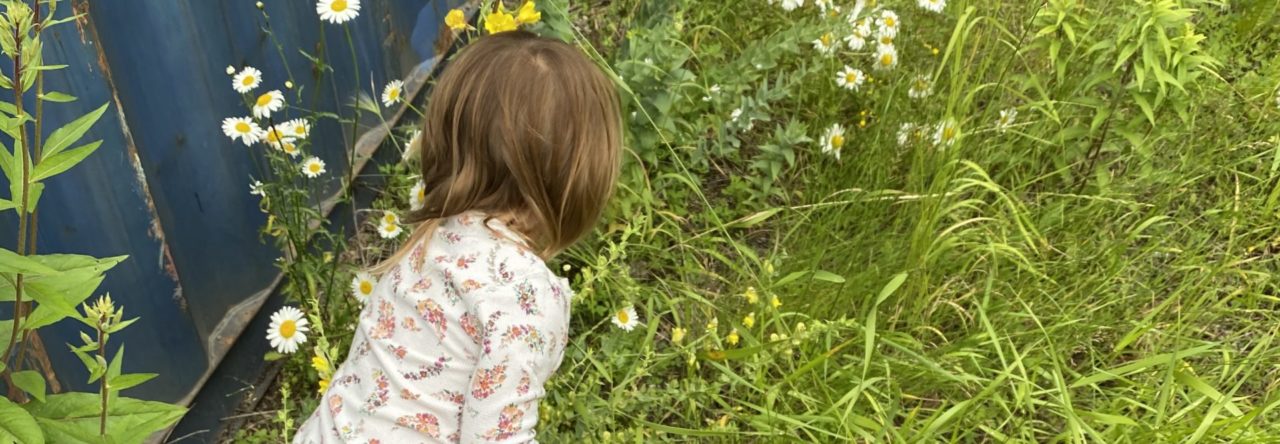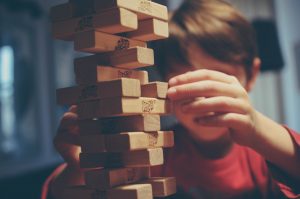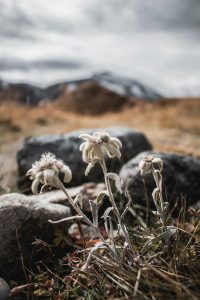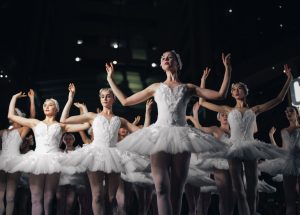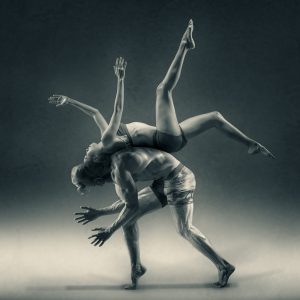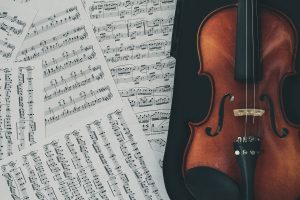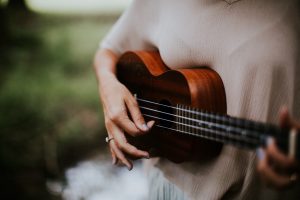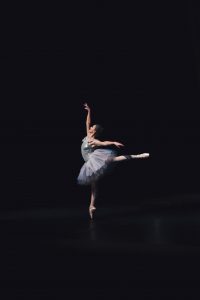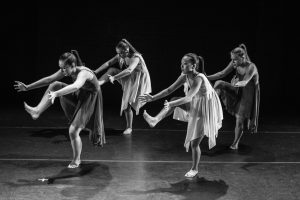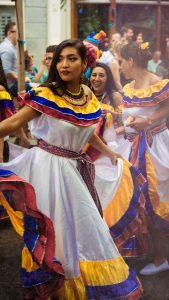“What do you see? What do you Know? What do you wonder?” – RB

When I realized I wasn’t able to make this experience at Rebecca’s classroom, I was really upset. I was really looking forward to attending the talk as I am really interested in teaching the younger grades. I am especially interested in making learning enjoyable, meaningful, and memorable for my future students and I would love to find new ways to incorporate student inquiry and interests into their learning.
Thanks to the video provided, I was able to experience this opportunity! And it totally lived u to my expectations!I really love all of the quotes and insight to child inquiry that Rebecca had to offer.
Here are some notes, that I have taken from the video and slides!
Notes:
- Book: Inquiry Mindset – Trevor Mackenzie
- Educator Heart – find your values
- Forever learning
- Reflect on all new content and concepts
- Inquiry based learning – research based on wonders – visualizing connections
- Seamless Tech – used to further learning and for assessment purposes – stay grounded and connected – meaningful connection
- Visible learning – portfolios
- Learner interest – integrate into multiple different subjects – planning backwards
- Relationships – high standards and clear expectations and guidelines
- Connected learning
- Love of learning
- Celebration – celebrate learning – elevate what is happening in the classroom and invite others to come honour the learning that is occurring in class
- Practicum pep talk – you can’t be great at something you haven’t experienced yet
- What am I wanting to get out of this?
- Inquiry
- Ada Twist, Scientist – characters and people who are curious
- I wonder – Annaka Harris
- Plan unit or lesson with a question – What is an AB pattern?
- Exploration and create definitions with kids
- Release control
- Building a toolkit to answer their own questions – open ended questions
- Wonderwall – honor and provoke questions
- Model taking risks
- Tools to show what curiosity looks like
- Planning Provocations – anything that will provoke curiosity or questions
-
“Everyone can be successful in inquiry“The most POWERFUL shift you can make in adopting INQUIRY into your practice is to begin learning a with a question” – TM
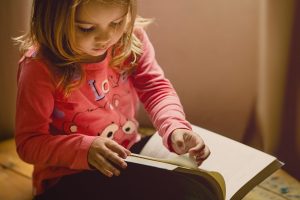
- Ways to honour questions
- Flexible seating
- Write the room – scavenger hunt around the room
- Tuesdays in the garden
- Showcasing learning for families
I really like the idea of the question set “What do you see? What do you Know? What do you wonder?”. I think that these question allow children to build upon their own previous knowledge and find themselves as learners as they begin to expand upon ideas and build their own questions and learning paths. I also loved the idea of Rebecca’s Teaching Heart. I like the format and how it allows you to look at your personal teaching philosophy in a new way and break it down even further to some specific things that fuel the way we want to teach and provoke engaged learning. Lastly, I really appreciated how honest and encouraging Rebecca was about the experience of practicums. She said “you can’t be great at something you haven’t experienced yet” which allowed me to feel better about not being perfect and just focusing on looking at the experience as a whole and deciding what I want to take from the overall experience.
I also enjoyed the set up of her classroom , how it allowed for differentiation, provided a flexible learning environment, and provided neutral and natural elements to provoke inquiry and allow for the growth of wonder and imagination.
